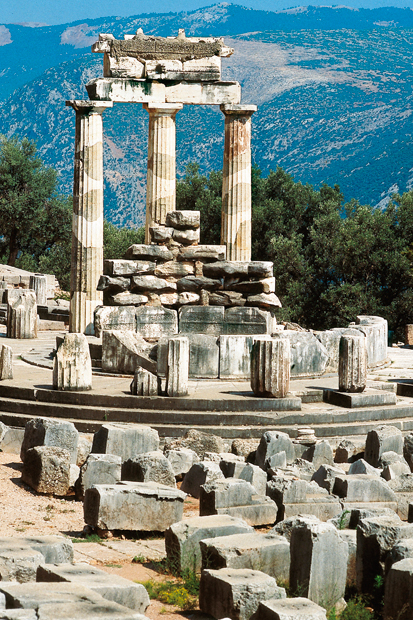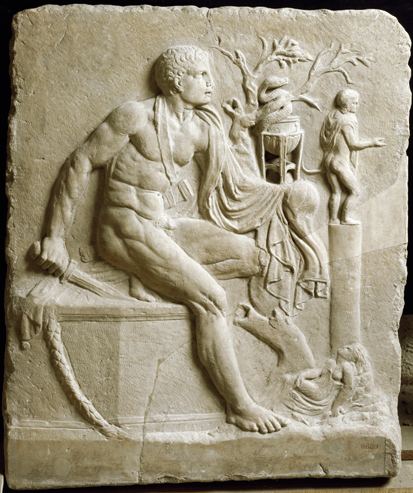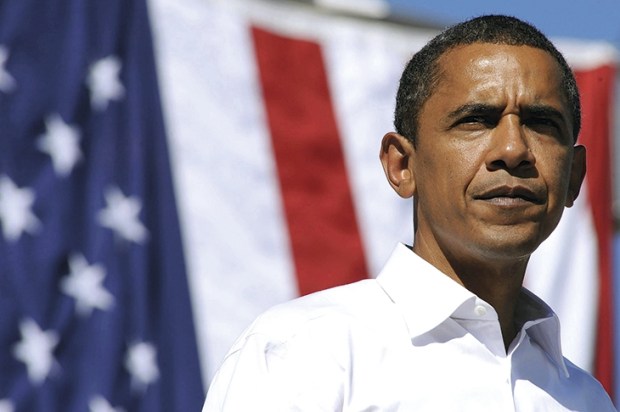‘In ancient times … hundreds of years before the dawn of history, lived a strange race of people … the Druids. No one knows who they were … or what they were doing. But their legacy remains … hewn into the living rock … of Stonehenge.’
The unforgettable opening of Spinal Tap’s song ‘Stonehenge’ was much in my head as I read this scholarly history of Delphi. We use the word ‘delphic’ to mean riddling, ambiguous, difficult to parse. It applies just as much to the history of Ancient Greece’s most sacred site as it does to the pronouncements of its oracle.
No one knows who they were … or what they were doing. Almost all the sources for what went on in the sanctuary — how the oracle was consulted, how it was inspired, what it said, who ran it — were compiled centuries after the fact, often with ideological axes to grind, and they contradict each other. So this fastidious book is extraordinarily, and properly, tentative. But it also takes the sensible tack of saying that what was said about Delphi — the meanings that were projected onto it during various phases of its history — is a, if not the, vital part of the story.
What we do know is that Delphi was important: already a ‘big player’ by the middle of the sixth century BC. This cultic centre — where Apollo was worshipped among a huge number of other deities — was known as the omphalos: the navel of the world. We also know that it was what academics will tend to delight in describing as a site of contestation, in that through its history various interests have fought wars of words about it. Also, wars of war. The history of Delphi is one of ceaseless reinvention.
This tribe swarmed over it, that city-state rebuilt it, a third hitched its fortunes to it, a fourth occupied everything around it but neglected to sack it, a fifth came and donated a massive golden ox, or similar — and in between it was periodically burnt to the ground, buried under a mudslide or flattened by an earthquake.
For much of its history it was jointly run by the locals and by the Amphictyony — which was, depending on your source and the era, either a sort of panhellenic G8 or ‘an ineffective talking shop’. This meant that it was both deeply involved in — and slightly to one side of — the turbulent power-politics of its day. In the early phase of colonial expansion, the oracle was consulted about the setting up of new cities. It helped in the only way it knew how:
The oracle is said to have suggested that a fish would point the way, and a boar lead the way, to those founding Ephesus. Aegae, the old capital of Macedon, was to be founded on the spot where its founder first saw goats.
Michael Scott’s plausible suggestion is that we should think of it as a sort of ancient management consultant: it would be used to give sacred legitimacy to political decisions. But Delphi was more than just an oracle: the Pythian games held there were an important fixture in diplomacy and prestige. And as time went on the monumental dedications — the statues and inscriptions and ‘treasuries’ built by various polities from all over the Greek mainland — were markers of status in a competitive process of what Scott calls ‘spatial monopolisation’.
It also went on to become an ancient tourist site. It was a management consultancy, a sculpture park, a newswire, a sports day, a barometer of power and a rubber stamp. It was now Switzerland, now Bosnia, now Margate. It was very important to Athens; but it was also important, when the wind stood in another quarter, to the Macedonians, the Spartans, the Phocians, the Roman empire and so on and so forth. Alliances shifted. Everyone had a turn at being in charge.
No wonder the oracle liked to keep things ambiguous. Delphi’s status depended on the hedging of bets and a good instinct for which side its bread was buttered. Also, on what we would now think of as shrewd branding. Brilliantly, after the Persians were driven out in 429 BC, the oracle instructed that every sacred fire in the land should be extinguished (the altars having been profaned by the barbarians) and relit from the flame at Delphi. It had made itself, literally, the common hearth of the Greek world; and if one interpretation of an inscription fragment from the monument there commemorating the victory at Salamis is correct, it was the first place that all those feuding cities described themselves collectively as Hellenes: ‘the Greeks’.

Through Scott’s story wanders a parade of famous names: Aristotle, Plutarch, Xenophon, Socrates, Philip of Macedon, Alexander, Cicero, Galen and even Lord Byron. Aesop was chucked off a cliff after being tricked into removing a treasure from Delphi’s sanctuary. And Croesus, it turns out, really was that rich. For his dedication — among other things — he’s said to have
burned 3,000 sacrificial victims along with encrusted gold and silver beads, casting the molten residue into 117 half-bricks (four pure gold and the others white gold) to be surmounted by a lion statue of pure gold weighing ten talents.
Classy.
This big, careful, complicated book tells you everything there is to know about Delphi, from its obscure origins — the Pythia was so called from puthein, to rot, after the rotten corpse of the dragon that Apollo supposedly killed before founding the shrine — to the modern day. There’s even very interesting stuff about the 19th-century excavations (difficulty of), and the preservation of the site through 20th-century wars.
It is, be warned, on the dry side, though: Scott’s a pretty ordinary writer with a weakness for academic jargon (we get a lot of ‘articulation’ and ‘elaboration’) and he’s covering a couple of thousand years of extraordinarily complex history. The lay reader will be forgiven for getting his Phocians and his Alcmaeonids muddled up from time to time. And it’s frustrating that so much is so tentative; that every crux comes with a number of different possible interpretations. But the book does merit the effort invested.
Indeed, there’s a positive shiver up the spine when Scott recounts one version of the oracle’s last days:
The story circulated that when, at the time of Jesus’s birth, the Emperor Augustus himself consulted about his successor, the oracle remained dumb and, when asked why, replied: ‘A Hebrew boy bids that I leave this house and go to Hades. Depart therefore from our halls and tell it not in the future.’
Got something to add? Join the discussion and comment below.
Get 10 issues for just $10
Subscribe to The Spectator Australia today for the next 10 magazine issues, plus full online access, for just $10.
Available from the Spectator Bookshop, £17.45. Tel: 08430 600033
You might disagree with half of it, but you’ll enjoy reading all of it. Try your first month for free, then just $2 a week for the remainder of your first year.















Comments
Don't miss out
Join the conversation with other Spectator Australia readers. Subscribe to leave a comment.
SUBSCRIBEAlready a subscriber? Log in